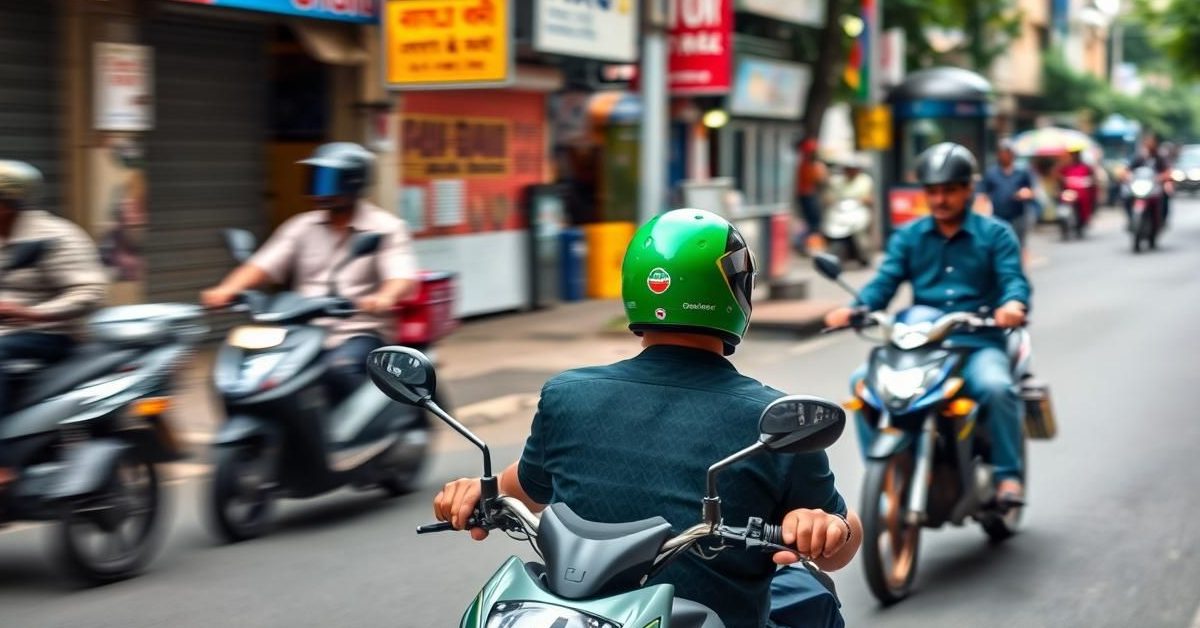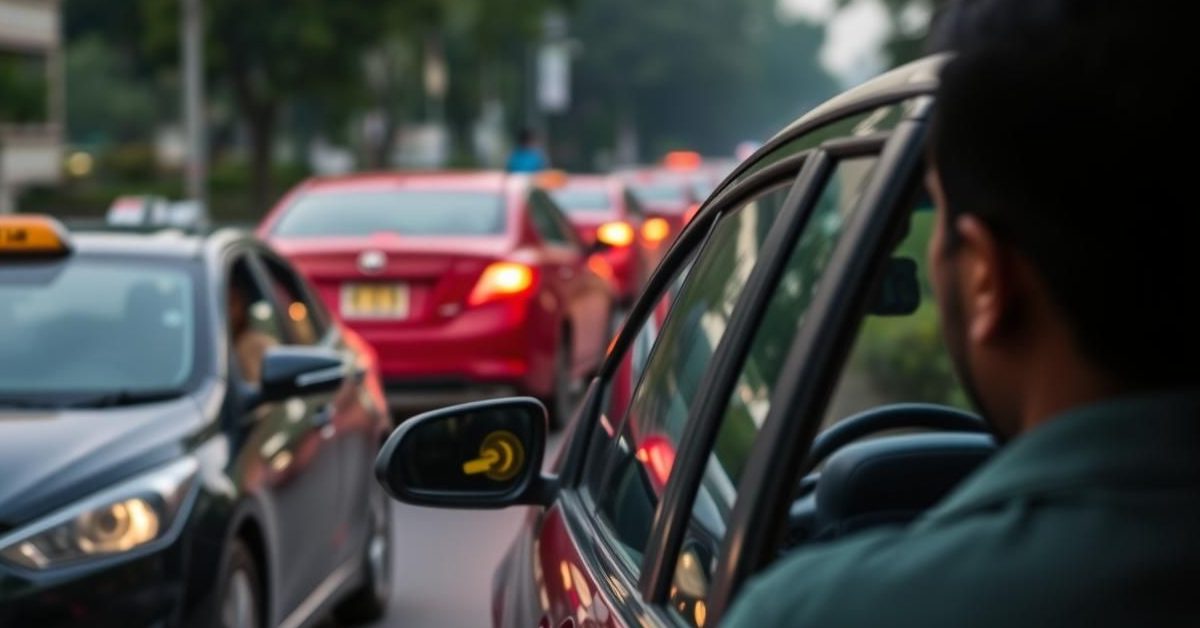Unlocking Urban Mobility: What India’s New Bike Taxi Guidelines Mean for Commuters and Drivers
The bustling streets of urban India might soon see a transformative shift in how millions commute. The central government has recently unveiled a pivotal set of guidelines, potentially clearing the path for states to officially permit privately registered motorcycles – often referred to as “white-plate” vehicles – to operate as passenger-carrying bike taxis through popular aggregators like Uber, Rapido, and Ola. This move marks a significant moment, offering a potential balm to the chaotic rhythm of city travel while also stirring age-old debates within the transport sector.
The Promise of Two-Wheeled Journeys: Affordability Meets Efficiency
For countless Indians, bike taxis have already become an indispensable part of their daily routine. The allure is undeniable: these two-wheeled rides offer a far more economical alternative to traditional taxis and auto-rickshaws, often navigating congested city lanes with greater agility and speed. This cost-effectiveness and efficiency have propelled platforms like Rapido and Uber to rapid growth, particularly in areas where public transport options are scarce or traffic snarls are a constant headache. However, this burgeoning segment has also faced considerable headwinds, with some states, notably Karnataka, having previously imposed outright bans following high court rulings, citing regulatory ambiguities and safety concerns.
Navigating the Regulatory Maze: The Motor Vehicles Aggregator Guidelines, 2025
Recognizing the escalating demand and the existing legal quagmire, the Ministry of Road Transport and Highways (MoRTH) stepped in. On July 1st, they introduced the groundbreaking “Motor Vehicles Aggregator Guidelines, 2025.” This isn’t just another piece of legislation; it’s a strategic attempt to establish a “light-touch” regulatory framework designed to balance the interests of multiple stakeholders. The core philosophy behind these guidelines is to foster innovation and shared mobility while simultaneously addressing critical issues such as the safety and security of passengers and ensuring the welfare of the drivers who power this growing gig economy.
Empowering States: A New Legal Footing for Shared Mobility
A key provision within the new guidelines explicitly states: “The state government may allow aggregation of non-transport motorcycles for journeys by passengers as shared mobility through aggregators…” This crucial phrasing empowers individual state governments with the legal authority, under Section 67(3) of the Motor Vehicles Act, to make the decisive call on whether to green-light bike taxi operations within their jurisdictions.
Beyond mere permission, the Centre has also equipped states with a compelling incentive: the power to impose fees on aggregators for granting these authorizations. These fees can be structured on a daily, weekly, or fortnightly basis. This potential new revenue stream could prove instrumental in encouraging states to embrace bike taxis, transforming a previously unregulated grey area into a formally recognized and revenue-generating sector. It offers a tangible benefit for state coffers, potentially offsetting some of the infrastructure and regulatory costs associated with this new mode of transport.
A Divided Road: Industry Cheers, Traditional Transport Concerns
While the new guidelines bring clarity, the path forward remains complex. The informal commercial use of “white-plate” motorcycles has long been a flashpoint, drawing sharp criticism from segments of the traditional transport industry, including many cab and auto-rickshaw drivers. Their concerns often revolve around unfair competition, lack of stringent regulatory oversight, and the perceived safety risks of two-wheeler passenger travel. These are valid points that state governments will need to meticulously address as they consider implementation.
However, from the perspective of ride-hailing giants, the new guidelines are a significant victory. Both Rapido and Uber have enthusiastically welcomed the Centre’s directive, urging a rapid and uniform implementation across all states.
Rapido’s Vision: Affordable Travel and Livelihood Opportunities
Rapido, a prominent player in the bike taxi segment, underscored the profound impact of this policy shift. In their statement, they emphasized that recognizing non-transport motorcycles for shared mobility would unlock “more affordable transportation options for millions,” particularly benefiting underserved communities and facilitating hyperlocal deliveries. Furthermore, Rapido highlighted the immense potential for creating “lakhs of flexible livelihood opportunities” for riders across both urban and rural India. They also see this as a vital step towards promoting shared, low-emission transport, aligning with India’s broader climate commitments, and formalizing the nation’s burgeoning gig economy with robust technological and regulatory support. The company has pledged to collaborate closely with various state governments to ensure responsible rider onboarding, strict compliance with safety and insurance norms, and timely contributions as part of the proposed authorization framework.
Uber’s Call for Uniformity and Predictability
Uber echoed the sentiment, stressing that the “timely adoption of the framework by states will be key to ensuring uniform implementation and building much-needed predictability for all stakeholders.” This desire for consistency across states is crucial for aggregators to scale their operations efficiently and for drivers and passengers to understand their rights and responsibilities clearly, irrespective of state borders.
As India moves forward, the success of these guidelines will hinge on how adeptly state governments navigate the intricate balance between fostering innovative mobility solutions, safeguarding public interest, and addressing the legitimate concerns of all stakeholders in the diverse transport ecosystem. The journey of the bike taxi is far from over; in many ways, it’s just beginning.














